Stepper motor pullout torque is the highest torque a stepper motor can output at a given speed without losing steps. Manufacturers find a stepper motor’s pullout torque by accelerating the motor up to the target speed and then increasing the torque load until the motor starts missing steps or stalling.
Performing this test operation over a range of speeds and torques lets the manufacturer plot the data in a complete torque or pullout curve. Then designers get that plot from the manufacturer when they’re evaluating different motor options.
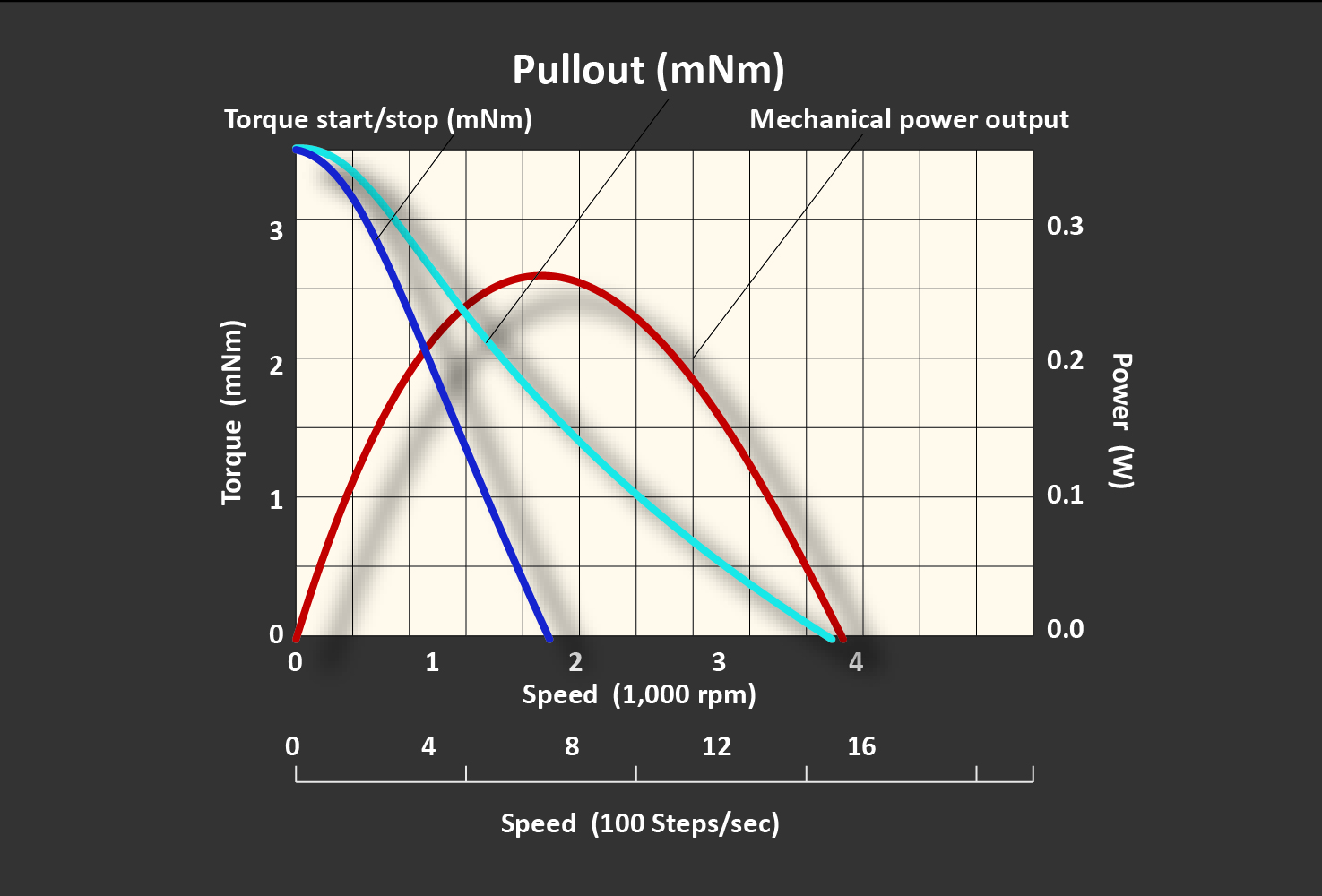
To put it another way, the pullout-torque plot (also called slew rate) for a stepper motor shows the maximum torque at various speeds that a stepper motor can generate. If the motor runs outside of this curve, it will stall. The drive must decelerate or accelerate out and into the stepper motor’s pullout curve.
A related value is stepper motor pull-in curve — the maximum frequency at which a loaded stepper can start and stop without losing steps.) The torque-speed curve changes with inertial mismatch, so designers should aim for a 25% to 50% safety margin when sizing stepper motors. It this is impossible for the application at hand—not unusual for precision applications—other means of compensation may be in order.
To be clear, good documentation of a stepper motor includes a torque-curve that shows pull-in and pull-out curves, as well as several other factors. So before basing design specifications on a stepper motor torque curve, look for data on the following important criteria to ensure the reference is complete.
• Stepper motor characteristic plots should include the power input, because current overdraw can cause overheating. Read FAQ: Aren’t heat and noise common stepper motor problems? For more information.
• The plots should also list the drive type, as the drive influences how the motor runs. Read FAQ: What is a stepper drive and how do they work?
• The inclusion or omission of dampers influences the motors’ noise characteristics, so look for data that accounts for the effects of dampers where applicable. Read FAQ: Aren’t heat and noise common stepper motor problems?
• Stepper motor step angle relates to torque and can affect a motor’s tendency to overheat, so look for documentation that accounts for step angle. Read FAQ: What is pole count and why does it matter?
For more information, read:
Stepper Motor Speed and Torque Relationship

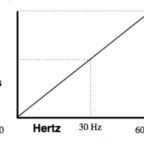

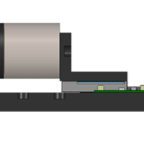
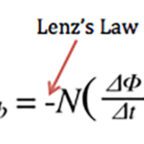
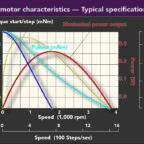

Leave a Reply
You must be logged in to post a comment.